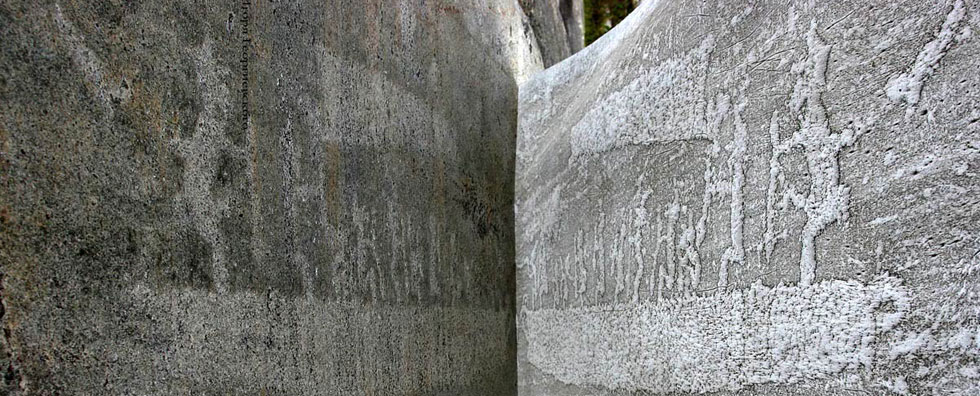
Issue №1, Vol. 20
Karasev Y., Markov V., Dmitriev A., Dolzhikov I., Yudilevich A. Prospects for further research on the improvement of tracked forest vehicles // Resources and Technology. 2023. №1, Vol. 20. P. 42‒86.
DOI: 10.15393/j2.art.2023.6703
Prospects for further research on the improvement of tracked forest vehicles
| Karasev Yuri | St. Petersburg State Forestry Engineering University named after S.M. Kirov, kya1105@mail.ru |
| Markov Victor | St. Petersburg State Forestry Engineering University named after S.M. Kirov, mactor85@mail.ru |
| Dmitriev Aleksandr | JSC "Giprostroymost-St. Petersburg", dmitriev.nauka@mail.ru |
| Dolzhikov Ilya | St. Petersburg State University of Architecture and Civil Engineering, idolzhikov222@mail.ru |
| Yudilevich Aleksandr | Bratsk State University, kafedra388@mail.ru |
|
Key words: wheeled forestry machines; tracked forestry machines; impact on soils |
Summary: The analysis of the current situation in the domestic forestry science and forestry engineering allowed the authors to describe the prospects for expanding the production and use of tracked forest vehicles in logging production and forestry. The advantages and disadvantages of wheeled and tracked forest vehicles are analyzed, both from the point of view of their operational and environmental efficiency, including operating conditions in forests in the permafrost zone. It is shown that domestic forestry machines based on tracked chassis have good prospects for wide application in forestry and in logging production. These machines, compared with the wheeled ones, are much more environmentally friendly, much cheaper to manufacture and operate. Moreover, Russian machine-building plants have extensive experience in the production of such machines. A simpler design of tracked machines ensures 100% manufacture of components within our country. The authors claim the necessity of regulatory control of the ecological environmental impact of forest machines operation, in particular, permissible pressure on the soil, the depth of the track left, the degree of soil compaction. |
Displays: 729; Downloads: 354;




